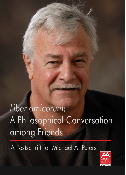
We kindly inform you that, as long as the subject affiliation of our 300.000+ articles is in progress, you might get unsufficient or no results on your third level or second level search. In this case, please broaden your search criteria.


I wear two hats as I write this this festschrift on the work of Michael A. Peters: one personal as his partner and wife since 1991, the other as a professional and intellectual partner whom I work and write with from time to time, hence in blending aspects of both, this contribution to Michael’s festschrift is unabashedly an ‘insider’s view.
More...
Professor Michael A. Peters’ impressive list of publications includes numerous books and papers. He also edits international book series such as the Educational Philosophy and Theory Special Issues Monograph Series, and Interventions: Education, Philosophy and Culture as well as international journals, including Educational Philosophy and Theory and Policy Futures in Education; and the Studies in Education, Philosophy and Culture Series. The latter is a journal in China, which I think illustrates Professor Peters’ ambition to make it possible for people throughout the world to contribute to on-going discussions on issues that concern, inter alia, education in different ways.
More...
I consider myself to be privileged to contribute an essay to this Festschrift in honor of the life and works of Michael A. Peters for three reasons: I have known Michael for almost a decade and have always encountered him as a person with profound dignity and openness (Peters & Roberts, 2012) often unparalleled in the highly competitive and at times inhumane world of academic intellectualism; his relentless commitment and advocacy for ‘academic responsibility without conditions’ (Trifonas & Peters, 2005: 8) as is evident from his analytically admirable and pragmatically astute way in which he endeavors to address some of the problems that confront education in the modern world; and his passion for interculturalism, education and dialogue (Besley & Peters, 2012) as epistemological and practical responses to educational challenges that inspired him and Tina Besley to set up the Centre for Global Studies in Education in the Faculty of Education at the University of Waikato in Hamilton, New Zealand – a Centre I visited to do some work on intercultural education during the month of September 2012. As a tribute to Michael for his continuous commitment to educational philosophy and theory and, scholarship in general, I examine the concepts of openness, dialogue, and responsibility in relation to education – themes that feature strongly in his most recent works.
More...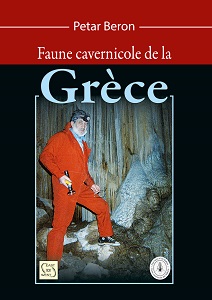
Petar Beron Sc.D worked at the Institute of Zoology and the National Museum of Natural History at the Bulgarian Academy of Sciences as a biologist from 1963 to 2010. Specializing in acarology and Biospeleology, he began exploring caves and cave fauna since 1955. He went on expeditions in New Guinea, Indonesia, Mexico, Cuba, China, Vietnam, on the Balkan Peninsula, in Corsica and South America. In his journeys, he discovered many new species of caves and animals. Author and co-author of many books and articles on speleology, zoogeography, and acarology. The second monograph of the series, devoted to the cave fauna of the Balkan Peninsula, treats Greece, a country full of caves (more than 10 miles) and only 240 caves have been the subject of biospeleological research. The 630 species of cavernicolous animals, published until 2015, are listed with their localities and notes on their biology. The caves of some animals are briefly described, and some observations have been made of the zoogeography of this fauna. The Greek fauna is compared with the cave faunas of neighboring countries. The bibliography contains more than 300 titles of works regarding the Greek fauna inhabiting the caves. This fauna is very different from the fauna of neighboring countries. During the author's field surveys (since 1968) he has found several new species such as Speleodentorcula, Telsonius, Titanophyllum, Thassoblaniulus, Alistratia, Maroniela, Jason and others.
More...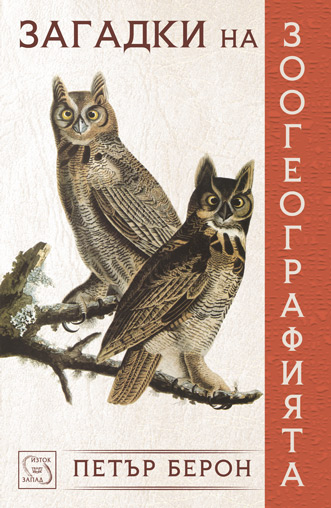
The book explores contemporary trends in zoogeography. Hypotheses for the settlement of the islands of Madagascar, New Zealand, Fiji, New Caledonia and many other areas of the earth and oceans are discussed. This edition raises many questions, some of which about mysteries and real puzzles - how the moa came to New Zealand, why the Madagascar fauna is so different from the African one. There is evidence of the mysterious fauna of caves such as Movile and Ayalon. Along with the past of Sahara and Antarctica, the fauna of the Balkan Peninsula has not been missed. The separate chapters are accompanied by the most important literature on the issues at stake.
More...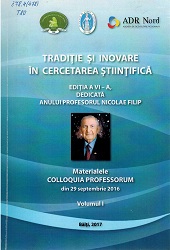
Volumul "Tradiţie şi inovare în cercetarea ştiinţifică" cuprinde materialele de la ediţia a 6-a a conferinţei ştiinţifice Colloquia Professorum „Tradiţie şi inovare în cercetarea ştiinţifică”, desfăşurată la 29 septembrie 2016, ediţie dedicată Anului Profesorului Nicolae Filip, care în acest an ar fi împlinit vârsta de 90 de ani.
More...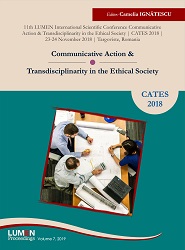
Proceedings Volume: 11th LUMEN International Scientific Conference Communicative Action & Transdisciplinarity in the Ethical Society | CATES 2018 | 23-24 November 2018 | Targoviste, Romania
More...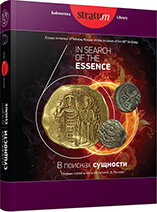
Elsewhere, not in Moldova, Nikolai D. Russev would have been long ago recognized an outstanding contemporary, a kind of Jacques Le Goff from the Balkans, a kind of Nicolae Iorga from the Danube and Dniester, an active and cheerful chronicler, keeper and — in a certain sense — an eyewitness of the region’s five hundred years of history. The kind of history nobody else can tell here, unfortunately. The kind of history he is writing every day, having hardly anyone to tell it to. The historical activity is disappearing here. Storytellers are not wanted. No one is tempted by the lessons of the past. Mistakes are not learnt from, personalities are not respected. Moldova, this “borderland between worlds and times”, turns into an intellectual and human desert.
More...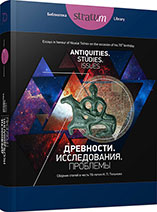
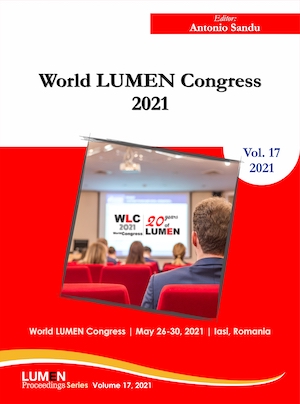
The virtual environment is a phenomenon that has grown exponentially in recent years, changing the way the economy evolves. Through e-commerce, social media platforms, online stores, or websites, financial resources are rolled both legally and illegally. Thus, some transactions are not accounted for or taxed, and also the concept of the digital shadow economy, defined as economic shadow activities conducted in electronic space, with no physical contact is increasingly present today. This paper aims to review and systematically analyze, through bibliometric analysis, using the Web of Science scientific platform and the VOSviewer software, the notion of digital shadow economy, determining the current state of knowledge in the field. Also, a comparative research was performed between digital shadow economy and the traditional shadow economy. The main findings reveal that digital shadow economy has a novelty character that refers to an economy based on digitized services and products, which escapes the official estimates of the GDP and the main research tendencies concern the conceptualization of the term and its main activity channels, aspects that distinguish it from traditional shadow economy. Furthermore, a thematic cluster, containing links to the digital shadow economy term can be noticed to be around cybercrimes.
More...
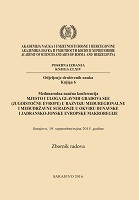
Akademija nauka i umjetnosti Bosne i Hercegovine nastala je iz Naučnog društva koje je utemeljeno 1951. godine, odlukom Skupštine Republike Bosne i Hercegovine, najvišeg organa državne vlasti u zemlji u periodu osnivanja Naučnog društva Bosne i Hercegovine.
More...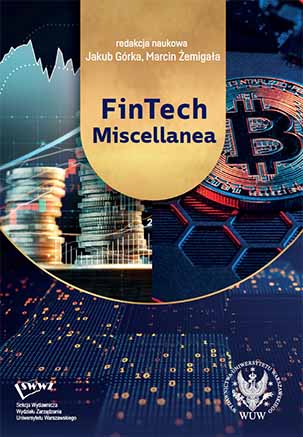
Calendar of entries on the Facebook page Student Circle of Modern Banking "Fintech" University of Warsaw (SKN Fintech) in the period October 2020 - December 2021
More...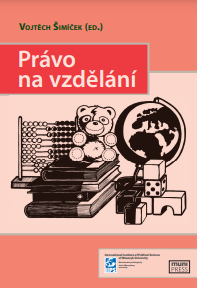

The year 2022 marks the centenary of the death of Jaroslav Palliardi, a notary from Moravian-Budějovice, a prominent archaeologist and a leading figure in the political and cultural life of southwestern Moravia. The article focuses on his study Die neolithischen Ansiedelungen mit bemalter Keramik in Mähren und Niederösterreich (Palliardi 1897). He scientifically objectively named the Mährisch-niederösterreichisch-ungarische Gruppe as the Mährisch-niederösterreichisch-ungarische Gruppe of the Early Neolithic and Early Eneolithic pottery with painted decoration. A substantial part, however, is devoted to an analysis of Palliardi's seminal work Die relative Chronologie der jüngeren Steinzeit in Mähren (Palliardi 1914). The contribution in developing a relative chronology of the Neolithic and Eneolithic that is still basically valid in Central Europe today is emphasized. The periodization of painted pottery and the determination of the sequence of Early to Early Eneolithic cultures are significant.
More...


Pomimo stwierdzania licznych problemów, barier i złych praktyk autorzy wciąż dostrzegają możliwości naprawy i rozwoju nauki. Zapewne kluczowe jest kształtowanie odpowiednich postaw naukowców, ich indywidualnego podejścia do spraw naukowych. Dobrze byłoby, gdyby uwarunkowania formalno-instytucjonalne nie stwarzały w tym zakresie barier ani nie narzucały konieczności koncentracji na sprawach z perspektywy prawdziwej nauki marginalnych. Pozostaje wyrazić nadzieję, że również przedmiotowa monografia przyczyni się do przypomnienia naukowych priorytetów.
More...